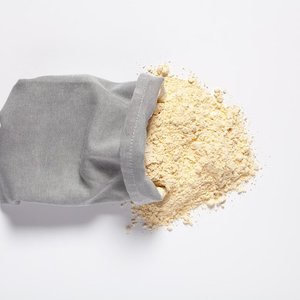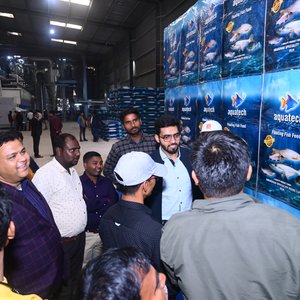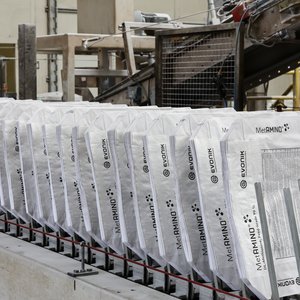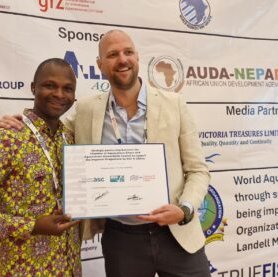POLARISqb is one of the finalists of the Soy Innovation Challenge, organized by the United Soybean Board and the Yield Lab Institute. The company is developing a feed additive that makes soybean meal digestible and nutritious for animal feed without relying on costly extraction methods. Aquafeed.com talked with POLARISqb to get more insights on what the company is developing and how it can be applied in aquafeeds.
The idea
POLARISqb is a three-year-old company located in North Carolina, US, with a background in both technology and drug discovery, that started with the aim of designing novel drugs. “We use quantum computers, specifically quantum annealers, that let us look at very large numbers of molecules and find the best one,” said Maurice Benson, principal software engineer at POLARISqb.
Two years ago, the company started thinking about how to apply this technology to other fields different from drug design, potentially peptides. “As we started seeing the different applications we could do with peptides, agriculture was one of the potential industries. We did some feasibility studies and we found we could also create novel peptides,” Benson explained.
“Our idea started as a supplement for animal feed, for both swine and poultry, but as we started to grow we realized that in the industry it might be easier to pass regulations if we stick towards a feed ingredient,” Benson explained.
One of the applications of these peptides is tackling anti-nutritional factors related to plant-based ingredients. Trypsin inhibitors are the ones the company sees they can help deal with. “We are developing an anti-trypsin peptidic inhibitor that could prevent gut trypsin from being blocked and increase the digestibility of soy-based ingredients by the fish gut,” Shahar Keinan, CEO and founder of Polarisqb, explained.
“Adding our future peptide will make the soybean meal more digestible,” Keinan said. “Our peptides are biodegradable so they do not enter the bloodstream and accomplish the digestibility goal without unintended influence on the animal itself.”
Looking for partners
The company is looking for partners in the feed industry, either a feed company or a feed ingredient supplier, to improve the design of the molecule and test it.
“One of the benefits of our technology is the ability to design molecules that usually take a lot of time and effort. Our process can shorten those paths but experts in the field help us determine which criteria make a good aquafeed additive. For this reason, we are interested in partnering with early adopters of this advanced technology to understand these criteria, and particularly in this case, whether the aquafeed industry is looking for something that is heat resistant or stable in solution. This knowledge would help us improve our design while providing significant benefit for the partner organization,” Keinan explained.
As for the business model, Benson said that POLARISqb is a molecular design company. “We design the peptide and see if we can either partner with somebody to push that molecule forward or a bigger company to license it.”
Regarding scalability, the company does not see any issues while producing peptides. “Peptides are easy to produce and there is commercial production technology available, especially for peptides that are less than 20 amino acids, such as the ones we are designing,” Keinan stated.
The company is exploring not only animal feeds for the application of these peptides but also other applications, including tackling anti-nutritional seaweed factors. Crop protection is another avenue we are investigating, using peptides specifically due to their biodegradability.
“We are one the few companies that use quantum computing for drug discovery and we are the only company using quantum annealers. Right now, it takes about three years and about USD 4 million for a company to go from an idea to a novel drug candidate. We can accomplish that same goal in 3-6 months. Using the power of the quantum annealer, we are able to design molecules with specific constraints, which means that instead of exploring the vastness of all chemical space, we target only those molecules with those constraints allowing us to explore those in more advanced models further,” Benson stated.
“We have a technology that works and solves problems and we are now looking for the best application and other verticals like agriculture,” Keinan concluded.













